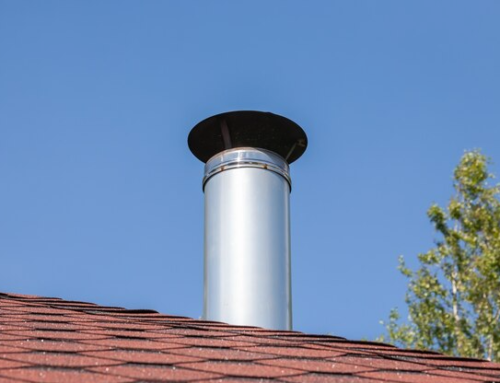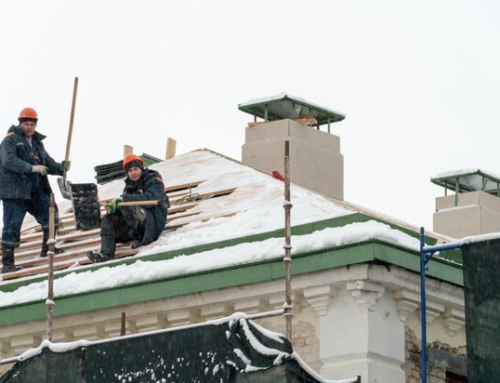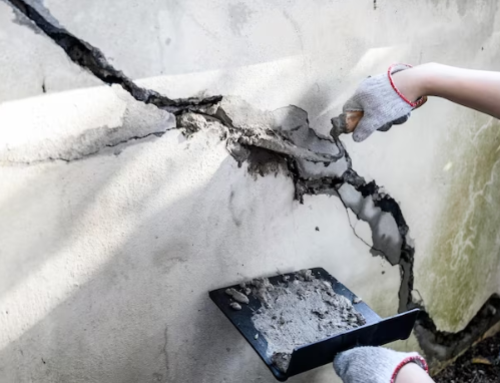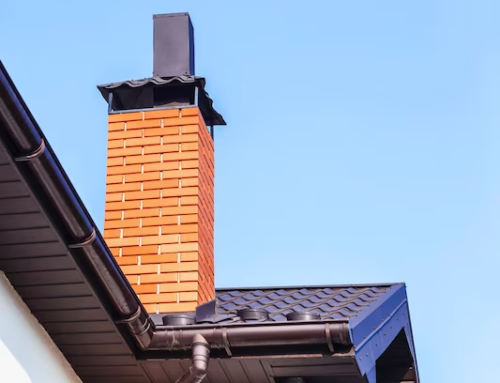Have you witnessed a significant increase in your cooling bills? Chimney downdrafts could be at the root of the problem. Chimney downdrafts can cause heat accumulation in the room where your fireplace is located and result in breathing issues.
Chimney downdrafts are common in areas where there is heavy airflow. Proper maintenance of the fireplace or installing wind-resistant chimney caps on the chimney crown can help resolve the issue. Sometimes the problem can only be resolved through chimney remodeling.
CT Chimney Repair is a chimney repair and cleaning contractor in Connecticut. Our company is well renowned among chimney cleaning contractors and provides chimney liners and caps and fireplace remodeling services throughout Connecticut. This blog will educate readers on chimney downdraft and its possible reasons and preventive actions.
What Is Chimney Downdraft?
Chimney downdraft occurs when debris or other particles block chimney flues, restricting the flow of smoke through the chimney. This results in smoke traveling down the chimney and increasing your home’s temperature.
What causes smoke to downdraft?
Chimneys work on a heat pressure mechanism which is also called as stack effect. According to this system, warm air tends to rise towards areas with lower air pressure to regulate the overall pressure system. When this mechanism is disturbed, it results in a chimney downdraft.
A chimney damper is a fireplace mechanism that controls the flow of air from the chimney. It functions as an exhaust fan and pushes chimney smoke to the outer environment. Homeowners can manually turn off the damper when the fireplace is off to prevent airflow. A closed damper works as a seal between the outer and inner areas.
In most cases, chimney downdrafts which are referred to as backdrafts, are caused by a broken damper. A cracked damper prevents the proper flow of smoke by creating negative pressure on the top part of the chimney. This results in soot buildup on the chimney liners, aggravating the issue further.
Additionally, a blockage on the chimney flues due to stuck leaves, debris, and twigs can hinder the flow of smoke through the chimney.

Signs Of Chimney Downdraft
While increasing temperature in the room where the fireplace is installed is a major sign of downdraft, it often comes after the problem worsens. The wind travels down only when the damper is severely damaged, or the blockage is firm.
You can look for the following signs to spot the issues before it becomes irreparable damage.
Soot on the inside of chimney and furniture:
The negative pressure on the top of the chimney due to trapped heat can result in soot buildup on the inner lining of the chimney. These soot particles can also get through the chimney and settle on your furniture or glass.
While invisible to the naked eye, when soot sits on surfaces it becomes visible due to its dark appearance. Look at windows, glass items, and light-colored furniture to spot the first sign of chimney downdraft.
Smoke Alarms Turning off
Have your smoke alarms started to malfunction? It’s possible that the problem isn’t in the alarm itself. Smoke or carbon monoxide detectors go off when they detect the lowest levels of smoke in the environment.
So if your smoke alarm is constantly buzzing, and there is no apparent problem with the alarm, chances are that your chimney is not functioning well.
Eye Irritation
If your eyes feel irritated or get red when you go near the fireplace, there may be a chimney downdraft issue. Soot from chimneys is more like dust particles and can severely bother your eyes.
These tiny particles stay in the air and can result in breathing difficulty. So if your eyes become teary or your breathing becomes difficult when you go near the fireplace, even when it’s turned off, you may have the issue of chimney backdraft.







